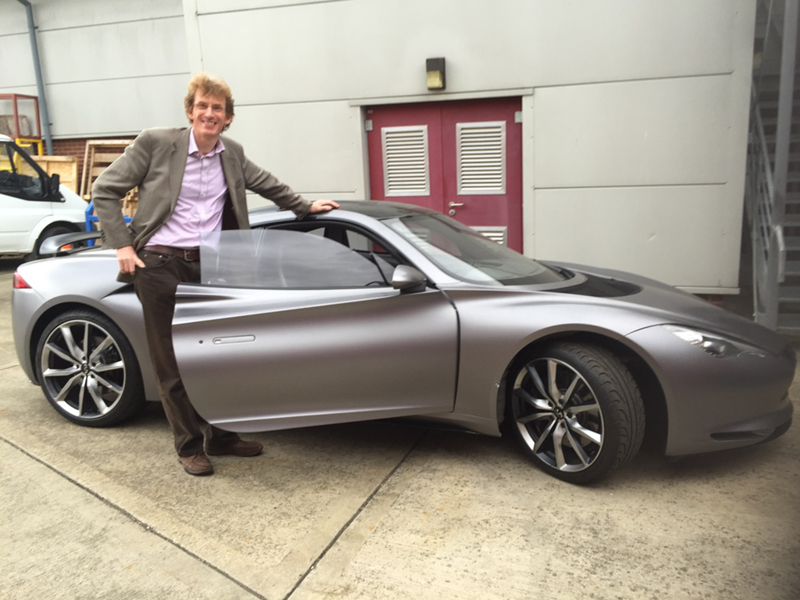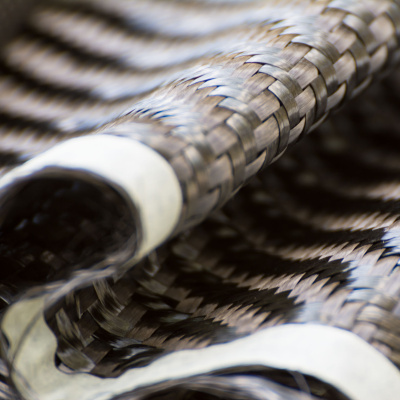We designed a ‘superlight’ carbon fibre body for the Nissan UK Infiniti Emerg-E concept sports car which was unveiled to the world back in 2012.
Key Facts
-
Based on the platform of the Lotus Evora 414E Hybrid, it was the first lightweight sports car produced by Infiniti (the luxury vehicle division of Japanese car-makers Nissan).
-
It was demonstrated at the Geneva Motor Show and Goodwood Festival of Speed in 2012, and won the German Design Council’s prestigious Automotive Brands Contest 2012 (in the Concepts category).
-
Fifteen organisations were involved in the project – overall design development was mainly led by Nissan Design Europe (NDE); and it was built by Nissan's European Technical Centre (NTCE), based at Cranfield Technology Park.
- Funded by Innovate UK, through its low carbon vehicle development programme.
Impact of our research
Based on the platform of the Lotus Evora 414E Hybrid, the Infiniti Emerg-E became the first electric supercar with a range-extending battery hybrid featuring high performance and low emission. The sleek and powerful vehicle symbolises the best of British engineering, capable of speeds up to 130mph.
Our contribution to the project included producing the manufacturing instructions and designing the carbon fibre structure to be ‘superlight’. The original Lotus Evora 414E Hybrid bronzed body structure of the car weighed around 115kgs (glass fibre). However, we managed to reduce the weight by 61% to just 45kgs through the use of novel ultralight carbon fibre materials from Cytec Solvay Group and Evonik, and carried out vigorous impact and stiffness tests before project completion in 2012.

Why the research was commissioned
The beneficial properties of composite materials are well known, offering high stiffness and strength alongside low weight. The automotive industry has used composites in motorsport and high performance applications for many years; however, the application to mainstream automotive applications has been slow due to the high cost and low volume nature, often of the manufacturing techniques.
This unique, electric-propelled vehicle was the first Infiniti (the luxury vehicle division of Japanese car-makers Nissan) car designed, engineered and built in the UK.
Why Cranfield?
We specialise in research for next generation polymer composite manufacturing. This spans design for manufacture, new process technology, simulation for optimised manufacture and novel joining technologies.
We work alongside industry partners to develop new techniques to increase the efficiency and cost effectiveness of composite manufacturers to open up new markets.
Andrew Mills, Principal Research Fellow in composite manufacturing, has nearly three decades’ experience in carbon fibre structures design and manufacture, which includes developing cost-effective technology for lightweight composite structures in partnership with industry.

